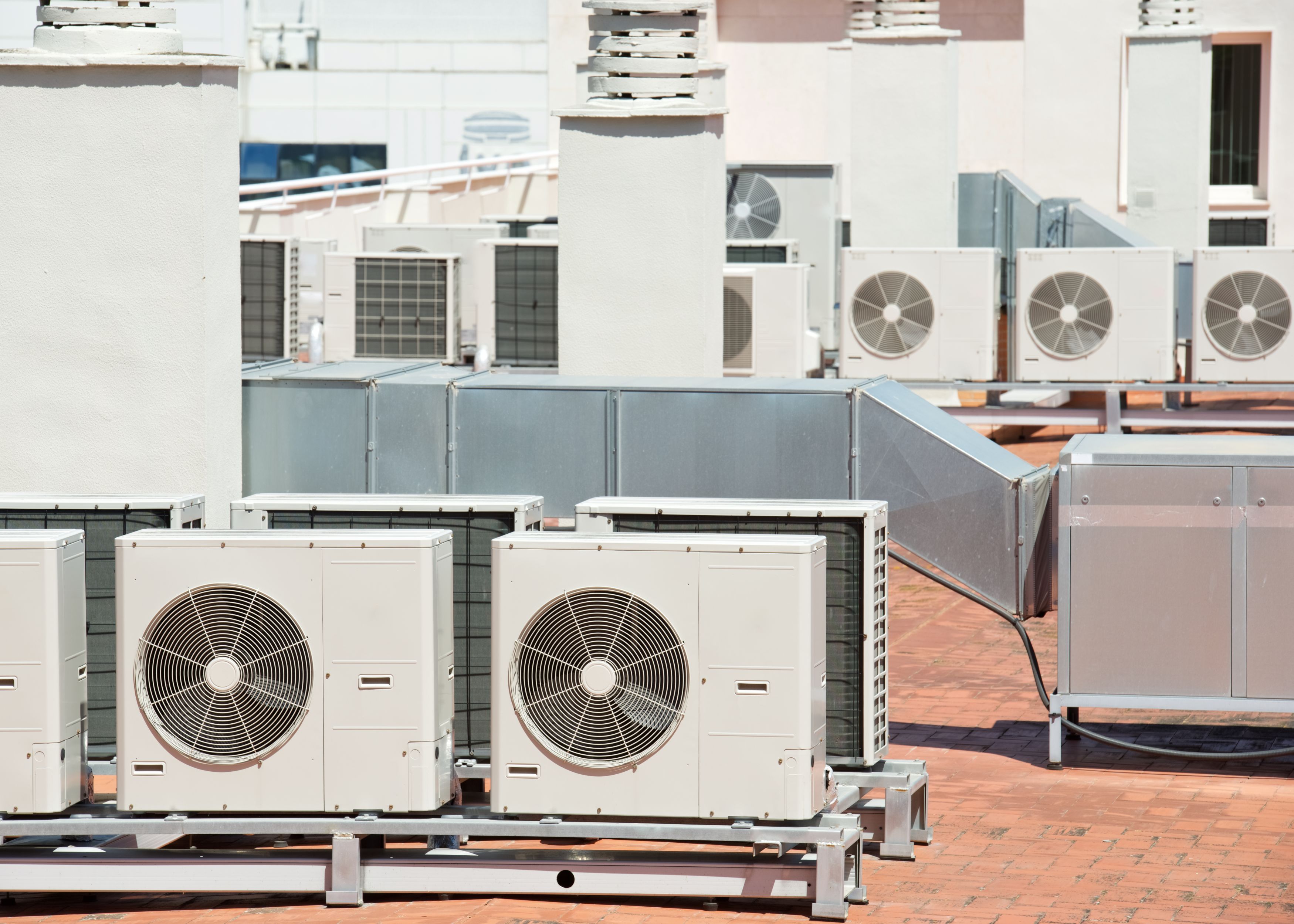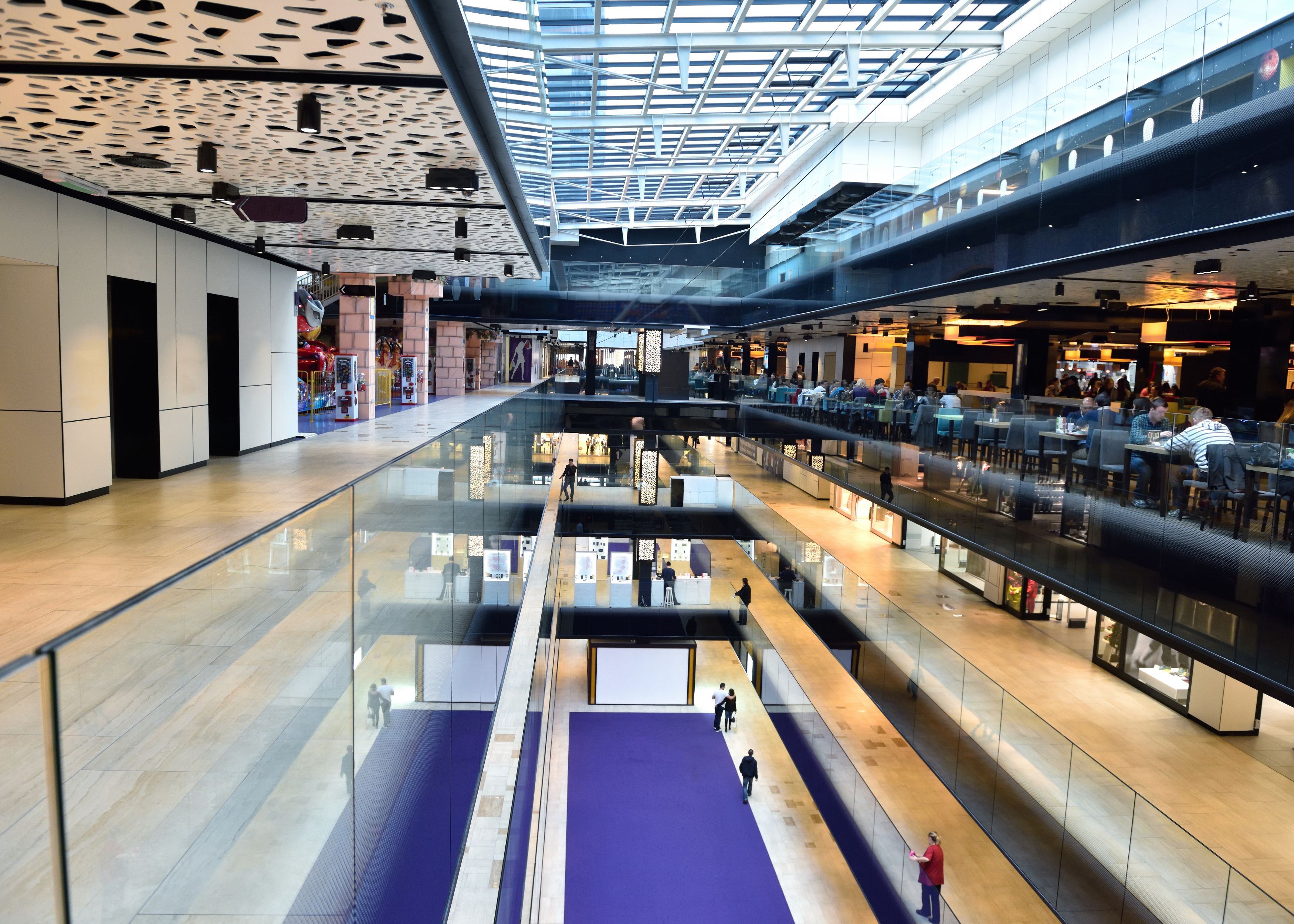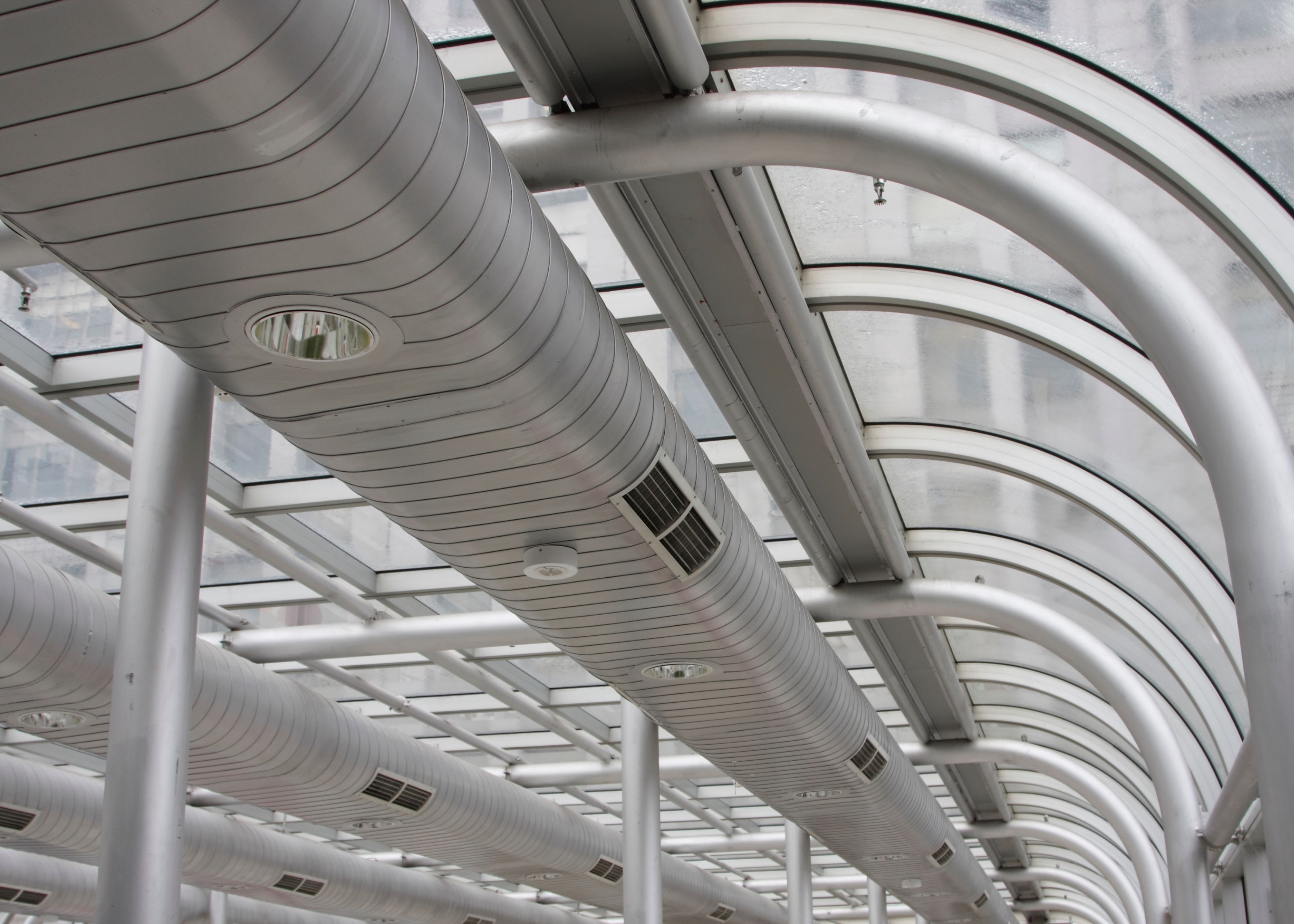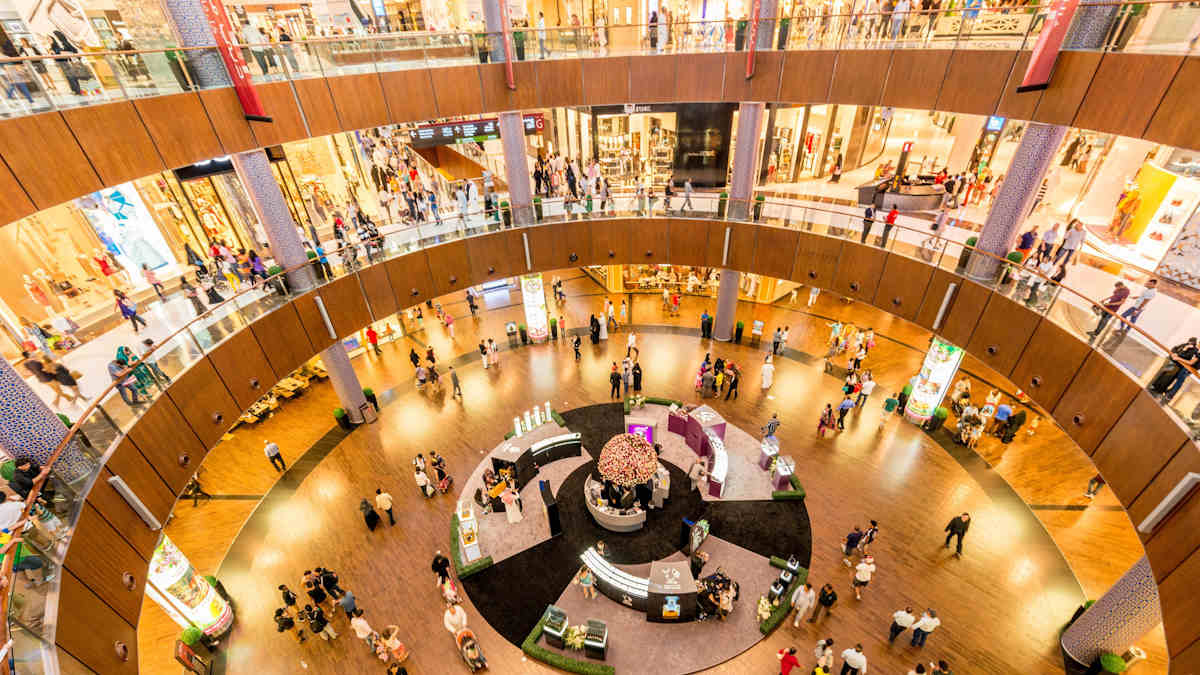In Latin America, shopping malls are experiencing a boom that the specialized portals The Logistics World and Mall & Retail describe as "unprecedented", thanks to the particular strength that the phenomenon has in countries such as Brazil, Mexico, Chile and Peru.
By Álvaro León Pérez Sepúlveda
For example, in 2000 Mexico had 259 shopping malls and a rentable area of 5 million square meters. By 2022, the number of shopping malls increased to 829, equivalent to a current leasable area of 25 million square meters.
Parallel to the commercial growth of the retail sector, the region has suffered the effects of climate change in recent years. A recent study by the World Weather Attribution organization revealed that heat wreaked havoc in Latin America during the second half of 2023, with average temperatures rising by up to 4.3°C.
Air conditioning and meeting business goals may seem, at first glance, to be two factors with no direct relationship. However, it is known that buyers tend to stay longer and spend more money in environments that are comfortable for them to inhabit.
It is clear, then, that, when it comes to shopping malls, ambient temperature is not a minor issue. For this reason, with the help of two experts, ACR Latin America delves into the subject to learn the general panorama of the air conditioning of shopping centers.
Single, centralized, or mixed systems?
Creating a comfortable environment in shopping malls requires constructing buildings with insulation that preserves their air conditioning. In addition, indoor air needs to be treated to prevent contamination by mold, bacteria, condensation, and odors, among other problems.

In this regard, the CEO of the company HVAC Consulting, Gabriel Alberto Jiménez, maintains that small and medium-sized shopping centers continue to adopt Individual solutions for each location and solutions with packages when you have conditioned common areas. It also points out that cold water or condensation networks are rarely available.
Individual solutions for each location and solutions with packages when you have conditioned common areas. It also points out that cold water or condensation networks are rarely available.
"In the past, it was common to solve common areas and premises separately. We are now thinking more about centralized solutions, especially in large shopping malls. When the centralized solution is provided as a service by a third party, then we talk about the concept of a thermal district," he explains.
 For his part, Darío Ibargüengoitia, President of the consulting company IBALCA, points out that in countries such as Mexico, 97% of shopping malls continue to be conditioned. Open-plan shopping centres with open-air circulation are the exception, as only the premises are air-conditioned. In this sense, the expert states that each project is unique, so there can be no talk of definitive solutions.
For his part, Darío Ibargüengoitia, President of the consulting company IBALCA, points out that in countries such as Mexico, 97% of shopping malls continue to be conditioned. Open-plan shopping centres with open-air circulation are the exception, as only the premises are air-conditioned. In this sense, the expert states that each project is unique, so there can be no talk of definitive solutions.
"The technologies are getting better and the requirements are getting more and more demanding. For this reason, it cannot be designed simply to cool or heat spaces, but real solutions for thermal comfort must be devised, with good air quality and lower energy consumption. There is no one system that works for all projects, because each one needs specific technology to offer adequate costs and efficiency," he points out.
Current Challenges
Although there is consensus on the convenience of hiring a good consultant when developing HVAC projects in shopping centers, experts say that the market has not always recognized the importance it should give to the figure of the consultant.
"Previously, you would look for a contractor to make a quote and that's not the best solution in 90% of cases. This happens if consulting is considered as an additional expense, when the reality is that it generates savings and security in the investment," says Gabriel Alberto Jiménez.
The CEO of HVAC Consulting adds that it is currently possible to achieve savings of up to 50%, thanks to systems with thermal accumulation, heat recovery systems, new compressor technologies and alternative energy sources. In that sense, he says, the main challenge is not technology, but resistance to innovation
project decision-makers.
"Many times the consultant's criteria is respected, but not always. Centralized solutions are in vogue for consultants, but not for the developer or builder because that will depend on their business models, opinions and experiences. Consultants often have to resign ourselves to what the builder imposes from their initial investment perspective, forgetting the operating costs," he says.
Darío Ibargüengoitia mentions an additional problem: "Large consulting firms have reduced their size due to the pandemic or are looking for new horizons. This has led to many engineers, now independent, making designs at lower costs, but without the training and innovation that is required to meet the necessary standards."
The environmental issue
In addition to the technical resolution of projects, consultants must comply with international commitments to protect the environment. For example, the World Green Building Council (WGBC) has proposed that by 2023 new buildings produce net-zero carbon emissions and that this condition apply to all buildings by 2050.
Meanwhile, the Kigali Amendment to the Montreal Protocol sets goals such as avoiding approximately 0.4°C of global warming and reducing the use of hydrofluorocarbons (HFCs) by more than 80% over the next three decades.
"The reduction in consumption and greenhouse gas emissions to mitigate climate change means that cooling systems are now being implemented.
very low GWP, which helps to comply with the Kigali Amendment," says Ibargüengoitia.

So far, the Amendment has been ratified by more than 100 countries, including Argentina, Chile, Colombia, Cuba, the Dominican Republic, Ecuador, Guatemala, Mexico, Panama and Uruguay.
However, changing the old paradigms is not always an easy task: "As the costs of consumption and maintenance of HVAC systems are passed on to tenants, many shopping centers do not make great efforts to achieve efficiency," adds the President of IBALCA.
In contrast, the growing importance of sustainability certifications has helped set a standard for compliance in areas such as energy efficiency and air quality. In fact, in several projects with these endorsements, innovative proposals and solutions for air conditioning have emerged, suitable for shopping centres.
This is illustrated by Gabriel Jiménez: "The most important advance has been to build projects with certifications such as LEED, Edge or Well, because conditions are generated to analyze each decision, from the type of envelope and waste management, to air quality parameters and energy consumption goals."
What's Next
The demand for HVAC solutions in shopping malls will continue to rise as the planet continues to face the effects of global warming, with temperatures becoming increasingly difficult to mitigate with bioclimatic architecture alone.

In this way, the outlook for HVAC consultants looks challenging. However, these professionals already have improved tools, such as the BIM methodology, to carry out efficient and successful projects.
"A few years ago, when we were asked to work with Revit, we charged an additional fee because it wasn't the standard and we saw it as something extra," recalls Jiménez, who says that the acceptability of temperature and humidity conditions has given way to a more comprehensive concept, which is air quality. "The concern will not only be that the system cools, but that it cools with adequate humidity, speed, wind speed, odors and noise levels," he adds.
In turn, Darío Ibargüengoitia believes that a key factor for the future is to implement integrative design processes: "That is, that the HVAC consultant is in constant communication with the design team and, ideally, with the construction team and the owner. In this way, it will be possible to find solutions that combine comfort, air quality, adequate investment and correct performance in the operation and maintenance of the systems.















